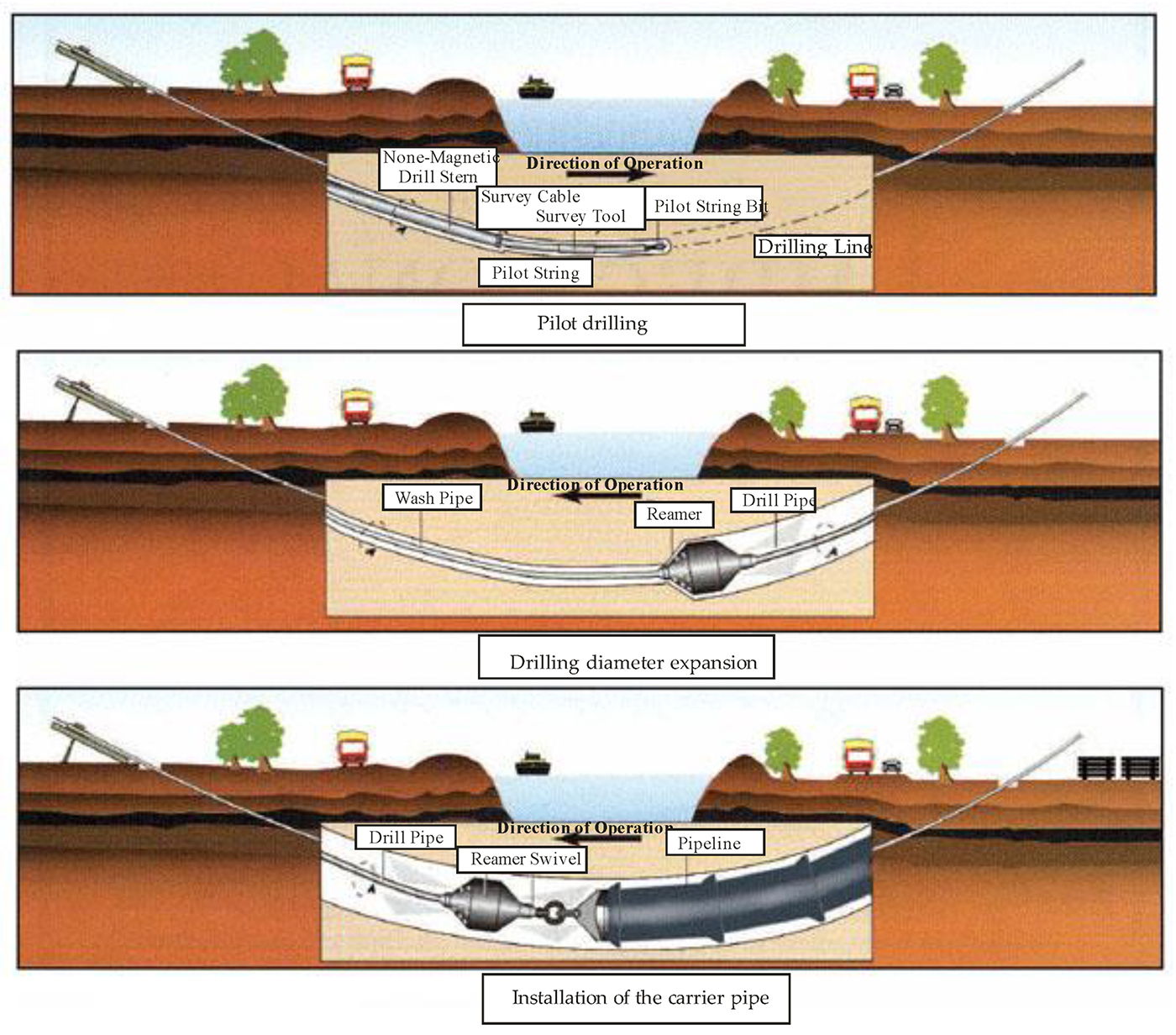Within today's rapidly evolving world of construction and utility installation, HDD, or HDD, has emerged as a groundbreaking technique that not only improves project efficiency but also reduces ecological effects. With construction needs grow, especially in city areas, the necessity for innovative approaches like HDD becomes increasingly apparent. This trenchless methodology allows for the smooth placement of various utilities, including water, gas, and telecommunications, without the extensive excavation commonly needed.
Understanding how HDD works, from the initial planning stages to the completion of a job, is crucial for professionals seeking to improve results. This method offers many benefits over conventional trenching, particularly in sensitive environments or challenging terrains. When we delve into the details of HDD, covering its benefits, challenges, and future trends, it becomes evident that this method is reshaping how we approach service installation and maintenance in our communities.
Grasping Directional Excavation
Horizontal Directional Drilling, commonly called Horizontal Directional Drilling, is a no-dig technique used for placing below ground utilities such as lines, cables, and tubes. This innovative method allows for the installation of utilities with minimal surface disruption, preserving the stability of existing structures and terrain. HDD utilizes Horizontal Directional Drilling Athlone Ireland that forms a borehole along a predetermined path, permitting the placement of different substances in a precise manner without the necessity of extensive excavation.
The HDD process commences with the boring of a initial bore, guided by a positioning tool that follows the drill's location. After the initial bore is created, it is often expanded using a reamer to hold the infrastructure being placed. This process is particularly beneficial in urban environments where traditional trenching would result in significant interruptions to commuting and nearby facilities. By utilizing HDD, project managers can effectively navigate through challenging terrains, making it suitable for street and stream passages, as well as regions with sensitive ecological factors.
Another key quality of HDD is its capacity to minimize environmental footprint. Unlike standard methods, which can leave large excavations and interfere with the local ecosystem, HDD keeps the ground above ground, significantly reducing dirt displacement and reviving sites more easily. As fields continue to seek more green development practices, HDD is noted as a favored option for many utility installations, especially in regions where nature-related rules are stringent.
Advantages and Applications of HDD
Horizontal Directional Drilling offers a variety of advantages that make it a preferred solution for multiple applications. A primary advantage is its ability to install infrastructure with minimal disruption to the above-ground conditions. Unlike traditional trenching methods, HDD enables the installation of cables and pipelines without significant excavation, thereby preserving existing infrastructure, landscaping, and roadways. This is especially beneficial in metropolitan locations where land is at a premium and disruption to traffic and businesses can result in expensive setbacks.
Moreover, HDD is a versatile method suitable for various applications, including water and sewer line installation, telecom infrastructure, and green energy installations. The capability to traverse challenging landscapes, such as rivers or roads, without the need for extensive surface disruption makes it an attractive choice. Moreover, as awareness of ecological issues heightens, HDD's low-impact approach is becoming essential for projects in sensitive areas, ensuring that wildlife areas stay protected.
The effectiveness of HDD also contributes to shorter project durations and savings in expenses. With the capability to drill long distances in a one continuous effort, HDD minimizes the need for multiple setups and interruptions associated with standard excavation. This effectiveness not only accelerates project completion but also reduces costs for labor and restoration. As businesses strive to find creative answers to construction challenges, HDD remains as a trusted and proven method that promotes sustainable development initiatives.

Upcoming Developments and Advancements in HDD
The coming years of Horizontal Directional Drilling is poised for remarkable advancements as technology continues to develop. One significant development is the growing use of automation and smart technologies during the drilling process. This includes the combination of mechanized steering systems that improve precision and reduce the chances of human error. Additionally, advancements in data analytics are allowing project managers to refine drilling paths based on real-time feedback, which not only boosts efficiency but also enhances safety protocols.
Another emerging trend in Horizontal Directional Drilling is the growing focus on eco-friendliness. As regulations around environmental impacts tighten, Horizontal Directional Drilling is more acknowledged for its low-impact installation capabilities. Future innovations are anticipated to involve the creation of more sustainable drilling fluids and materials to minimally reduce ecological disruption. Companies are seeking ways to utilize renewable energy sources in Horizontal Directional Drilling operations, rendering the process more sustainable and more sustainable in the long run.
In conclusion, the demand for Horizontal Directional Drilling in emerging infrastructure projects is expanding, especially in urban settings where space is limited. Innovations in equipment, such as smaller and powerful drilling rigs, are being designed to handle complex terrains effectively. These advancements not only render Horizontal Directional Drilling more adaptable but also position it as the preferred choice for essential installations like fiber-optic cables and sustainable energy solutions. As the sector embraces these advancements, the potential to transform infrastructure development continues to grow.
